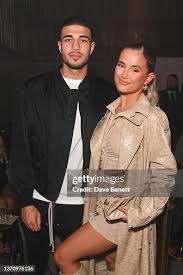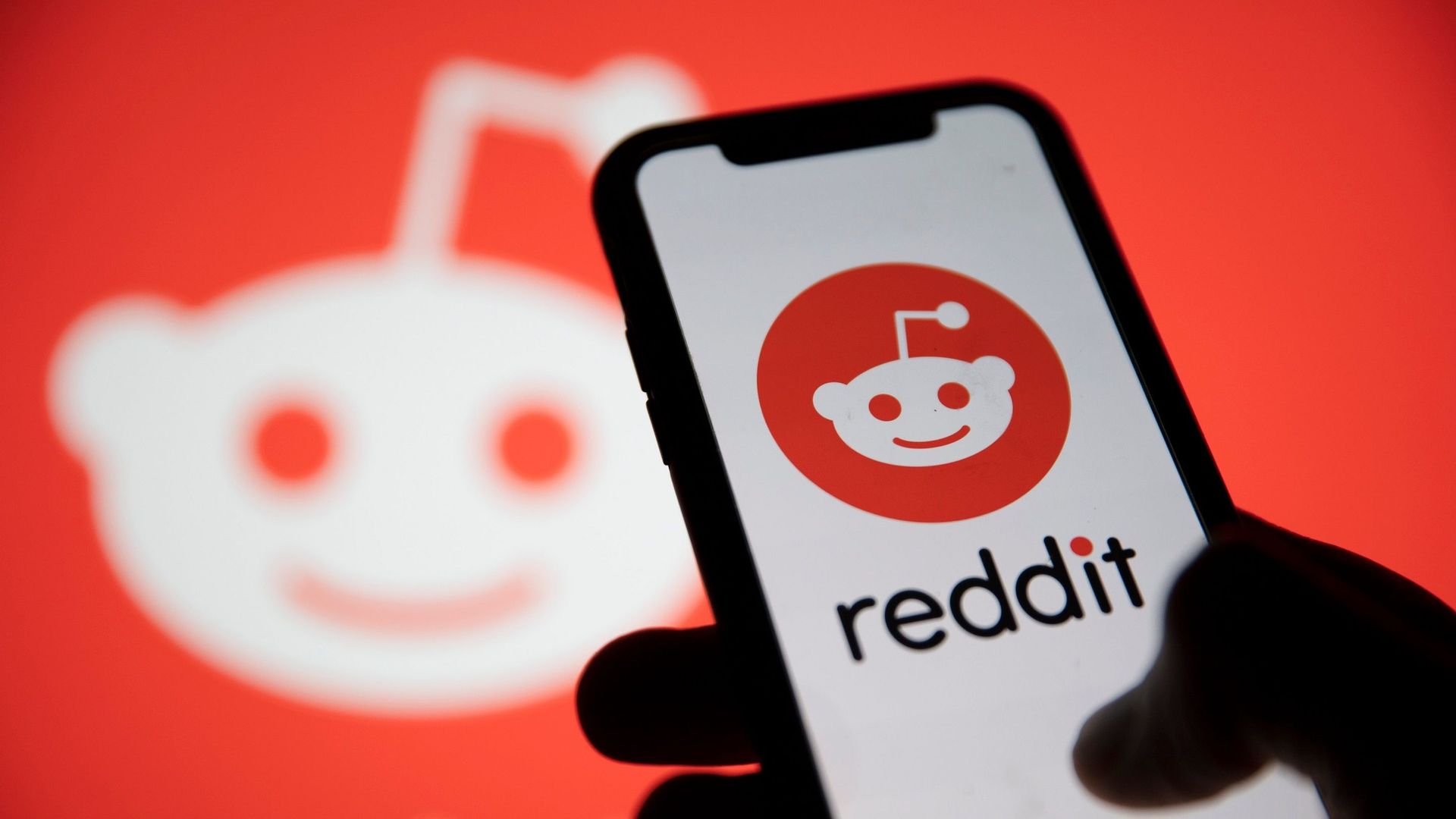Unveiling the Life of Molly Mae: Influencer and Entrepreneur

Introduction
In recent years, few names have become as synonymous with social media influence and entrepreneurship as Molly Mae Hague. Rising to fame through her participation in the reality show ‘Love Island’ in 2019, Molly Mae has since leveraged her celebrity status to carve out a successful career in the fashion and beauty industries. Understanding who Molly Mae is and what she represents can offer insights into the dynamics of modern celebrity culture and digital marketing.
Who Is Molly Mae?
Molly Mae Hague, a 23-year-old British influencer, fashion designer, and entrepreneur, is best known for her time on ‘Love Island’ where she gained a legion of fans. Originally from Hertfordshire, she first entered the public eye when she was just 20 years old. After leaving the villa, her popularity surged, and she quickly became a staple on social media platforms like Instagram and YouTube, where she showcases her lifestyle, fashion, and beauty advice.
Career Milestones
Following her stint on ‘Love Island’, Molly Mae capitalised on her newfound fame by partnering with various brands and establishing herself as a leading influencer. One of her most notable achievements is her role as the creative director for PrettyLittleThing, where she has designed several successful clothing lines that resonate with her extensive following. With over 6 million followers on Instagram alone, she has become a go-to figure for fans seeking style inspiration.
In addition to her work in fashion, Molly Mae has also ventured into the beauty industry, launching her own makeup and beauty lines. Her collaborations have been met with enthusiasm, underlining her significant impact on her audience and the wider market.
Public Perception and Influence
Molly Mae has faced both admiration and criticism throughout her career. While many fans appreciate her commitment to authenticity and her efforts to promote self-love and confidence, she has also been the subject of controversy, particularly relating to discussions around privilege and wealth. These conversations reflect broader societal issues, especially among younger audiences, and highlight the responsibilities that come with influence.
Conclusion
Molly Mae’s journey from a reality television contestant to a successful entrepreneur illustrates the evolving nature of celebrity and influence in the digital age. As she continues to grow her brand and explore new ventures, her impact on the fashion and beauty industries will likely persist, inspiring the next generation of influencers to harness their platforms for creativity and entrepreneurship. Understanding who Molly Mae is, as well as the challenges she faces, provides a nuanced perspective on the complexities of modern fame and social media dynamics.
You may also like

The Journey of Amy Childs: Reality TV Star and Entrepreneur

Recent Highlights in the Life of Kourtney Kardashian
